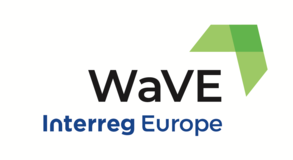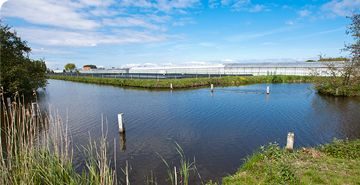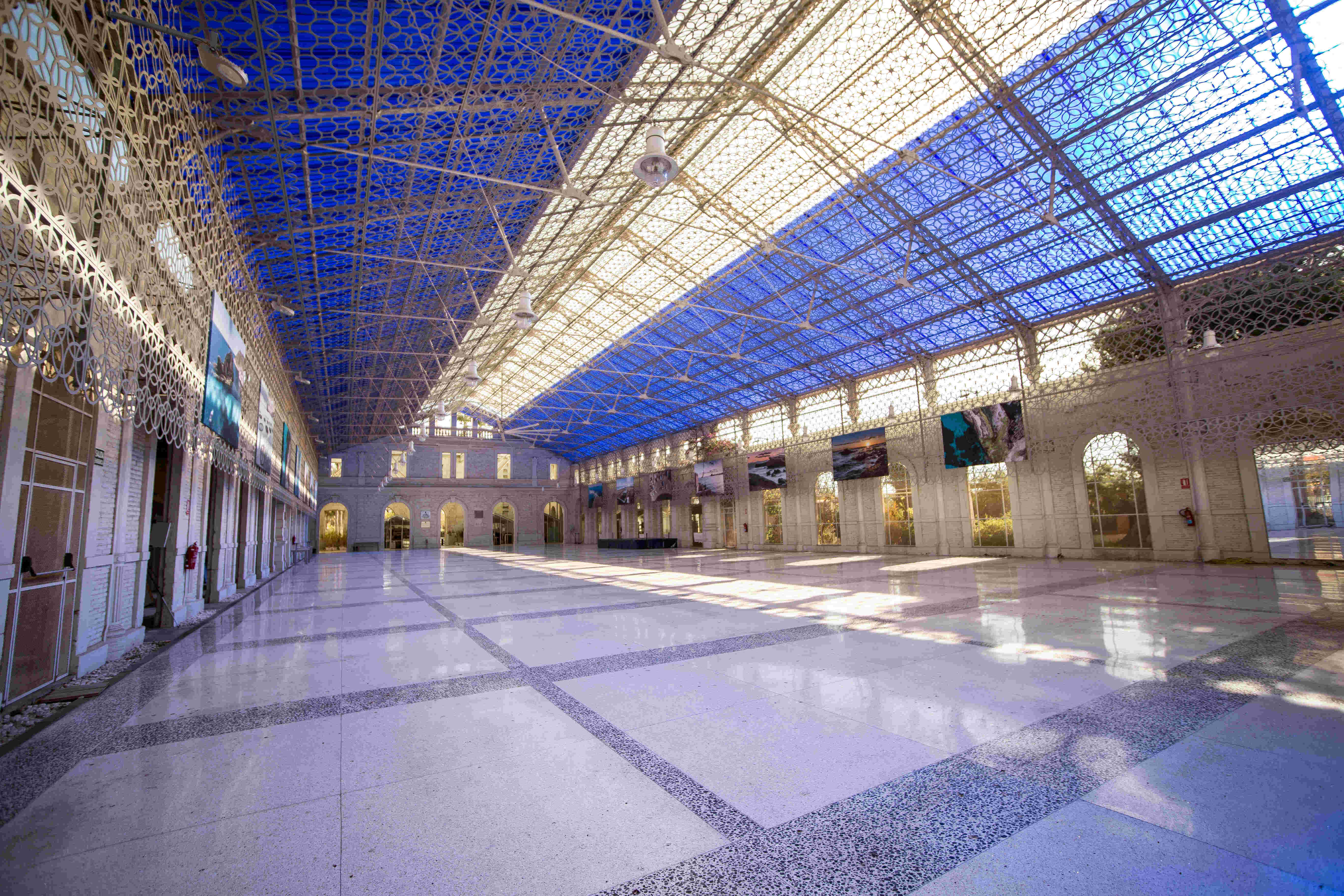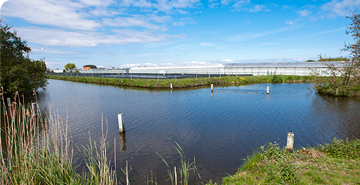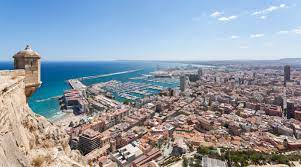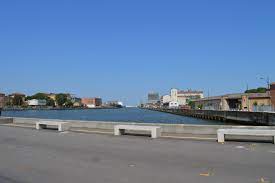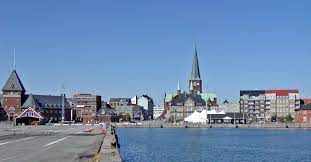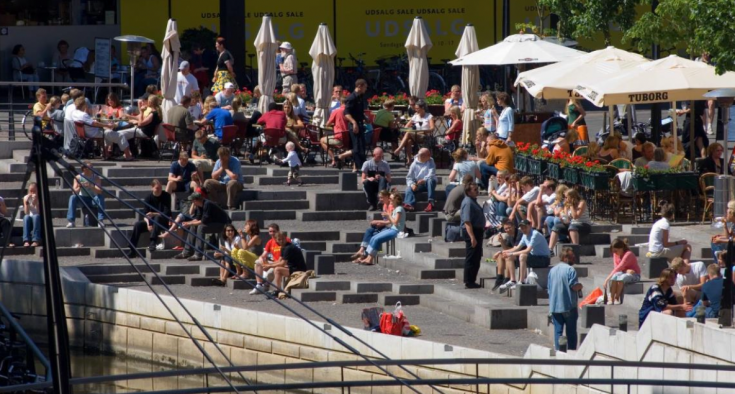
WaVE project focuses on the improvement of regional and local policies to open up their possibilities for supporting the development of integrated adaptive reuses of water-linked cultural heritage sites in human settlements.
The project aims to improve the overall support by the addressed policy instruments for integrated valorisation approaches of cultural heritage, to sparkle ideas for the creation of new projects aiming at integrated valorisation of water-linked cultural heritage, and to raise awareness for the subject at other cities in Europe.
For this reason, we publish a brief history about each of the redevelopment sites involved in the project, describing their potential, future plans and best practices already achieved.
We do it through interviews with Opinion Leaders, who know best the characteristics of the sites.
The third interview is with Péter Nagy, Director of the Ister-Granum EGTC.
(Question) What does the “region of three rivers mean”?
(Answer) The Ister-Granum euroregion is situated at the crossroads of the wander ways of nations and cultures, at the heart of Central Europe, also the middle of Europe. This picturesque area is the land of kings, scientists and artists where three rivers, the Danube, the Hron and the Ipoly join their waters. 
(Q) Could you please tell us more about the Ister-Granum euroregion?
(A) The cross- border region has 100 municipalities with cca. 200 000 inhabitants. It has lots of natural and cultural heritages, including castles, churches, thermal water spas. It is also famous for its wines and local products, cultural events and sport possibilities.
The center of the region is the Esztergom (in Hungary) and Štúrovo (in Slovakia) twin towns divided by Danube, but connected with Mária-Valéria Bridge, which, after several damages, was reopened in 2001 and become a symbol of the region.
Several festivals and initiatives are organized in order to save this renewed connection. I think, that some of them could be easily adapted by other regions. 
(Q) Please tell us more about that...
(A) During the Communism, until the reopening of the bridge, relatives and friend living in Hungary and in Slovakia were not able to visit each other and to communicate, so they went to the opposite banks of the river and exchanged news, coded messages. Water could be relied on to carry the sound.
The Aqua Phone cultural festival refers to this phenomenon. It is a multilingual (HUN, SK, GER) cultural event with its accompanying events held each year. Poems, dialogues are read on opposite sides of the river, musicians improvise along. The public can only hear the chaotic soundscape, as it arrives on the other side. 

The other one is the Bridge Guard Residential Art - Science Centre, what was also established to honour this renewed connection of ruptured communities through art, literature or science. Its aim is to support artists or scientists who work on projects which place emphasis on uniting, connecting, and bridging. Support consists of making possible a 3 to 6 months’ sojourn in the Bridge Guard residence in Štúrovo (SK), with the right to work in complete freedom on one’s own project on topics such as integrating, bridging, connecting, uniting opposites, exploring and moving boundaries. A Guard also keeps a logbook about the bridge, meet local people and gave lectures to children.
(Q) Could you please describe the relationship between the water and the people living in the Ister-Granum region?
A few centuries ago it was also a region of water-mills. Unfortunately, by now most of them have been destroyed, only the legends and some old walls preserve the traditions of milling.


The water historically played significant role in locals’ life. The Danube Museum of Esztergom was created to show in interactive way the all aspects of water, including the presence of water in the natural world, water-related professions, the past and the future of water industry, the inventions developed over the centuries, such as the use of hydraulic power, irrigation and transport.
(Q) What are the future plans for the region regarding the water-based cultural heritage development?
(A) The Ister-Granum EGTC cross-border organization has 84 member municipalities from Hungary and Slovakia. One of our aims is to develop the water-linked cultural heritage sites of the region in integrated way. In the next 7 years we want to implement different interlinking projects, including renovation of water-mills, creating new exhibition center next to the Mária-Valéria Bridge, expanding the exhibition of the Danube Museum to Slovak side of the region, creating “Blue-routes” and touristic applications, collecting and showing some intangible heritages etc.
Did you miss the first 2 episodes?
Read the interview with Hans Thoolen, Coordinator Urban Quality of the municipality of Breda
Watch the video-interview with Giacomo Costantini, Councillor for tourism and smart city of the Municipality of Ravenna
